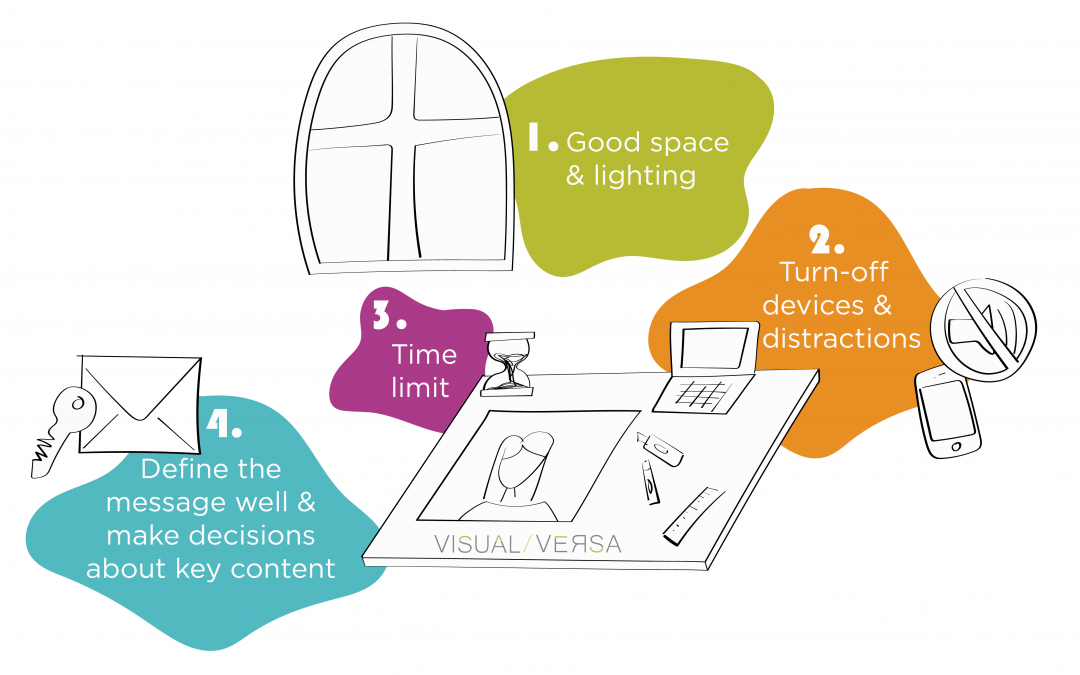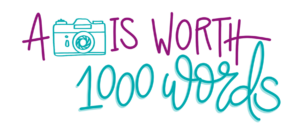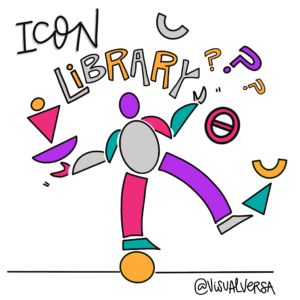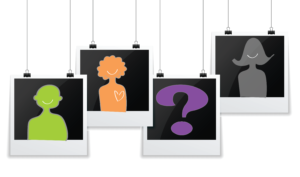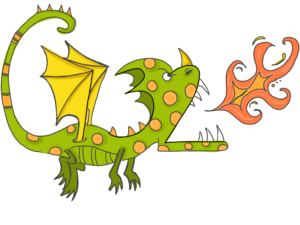A graphic recorder, scriber or visual note-taker is someone who takes live visual notes of a meeting or an event. They organize information by clusters and illustrate ideas for people to remember them better. This process is getting higher demand, because it has proven to help teams with dialogues and engagement… And who does not need that in a time where we are experiencing online meetings fatigue or “zoom-fatigue”?
A graphic recorder, scriber or visual note-taker is someone who takes live visual notes of a meeting or an event. They organize information by clusters and illustrate ideas for people to remember them better. This process is getting higher demand, because it has proven to help teams with dialogues and engagement… And who does not need that in a time where we are experiencing online meetings fatigue or “zoom-fatigue”?
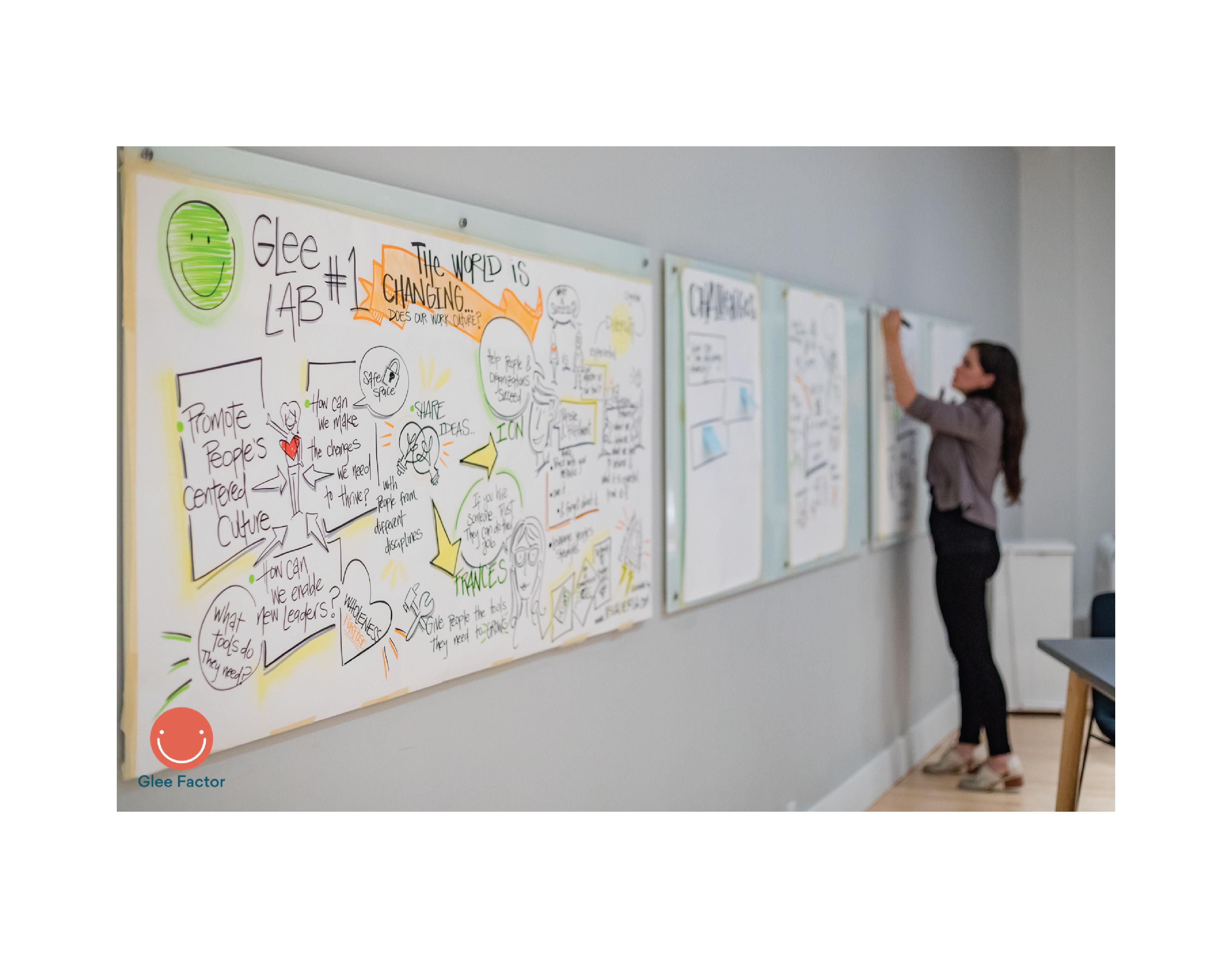
My Personal Experience
I have been a graphic recorder or visual note-taker for close to 10 years now. Whenever I am taking visual notes, I tend to immerse myself into my own element (or as I like to call it into my creative bubble) to be able to be fully present. This ‘creative bubble’ of mine keeps me away from distractions like side conversations and background noises. Let me explain what I mean by this. As a graphic recorder, I need to have a lot of focus and be deeply connected to what is going on. I am not only paying attention to what the speaker is saying, but I am also listening for repetition, summarization of the content and looking for emotions. The visual “hierarchy” should be clear and important topics should take more space than the rest while managing the overall space.
That being said, normally I do not get to choose the place and settings where I will be taking visual notes. But in cases where the work is not live notes, but translating complex ideas into visual stories I make sure to have a physical and mental space that will help my process. Some of the things I look for or I do are:
- A place with space and good lighting
- Turn-off devices and distractions
- Give myself a time limit
- Define the key message well and make decisions about the content before moving forward:
– Layout
– Color palette
– Key ideas
– Audience
– Call to action
My Advice to You
Setting-up a conductive environment can help you better focus on what you are doing and really get the main points. A good space and planning will help you properly better map ideas and structure them in a way that allows your audience to easily follow along the visual story you are sharing.
Practice is key, the more you doodle the more your ‘visual library’ grows. By “visual library” I mean a mental association of certain words with icons, which will help you have handy ideas of what to draw on the spot per ‘common’ words. Although once in a while you will definitely have to improvise by creating new associations on the spot for new concepts. We will talk about the process of coming up with icons in a future blog post.
All of these “elements” that I look for in a space or a topic when preparing visual stories, also apply to you when taking notes to prepare for a presentation or to study. If you are currently struggling with engaging people during your meetings or presentations, or want to explore different ways to bring your presentations to the next level, let’s talk!
The impact of using visual notes and creative methods has proved to improve communication and engagement, and something we really need nowadays with our constant online meetings.
Do you want to hear more? Let’s keep in touch!
